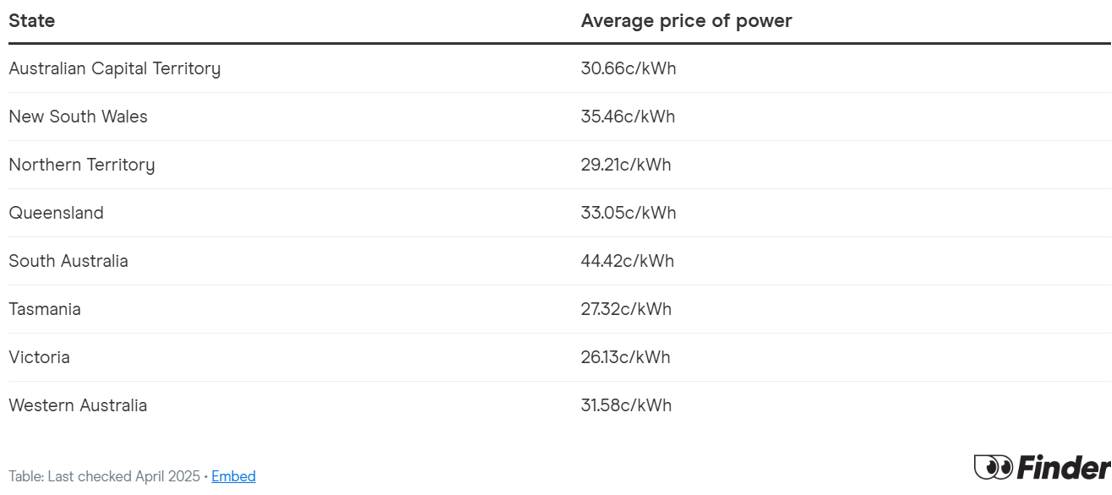Welcome to GM Tech
Welcome to GM Tech
In the tide of global energy transformation, Australia is facing unprecedented development opportunities in the photovoltaic and energy storage markets with its abundant solar energy resources and positive policy promotion. This article will deeply analyze the current situation, policy drivers, market potential and future trends of Australia's photovoltaic and energy storage market based on the latest policies and market data.
1. Policy drive: multi-pronged approach to promote the development of solar energy storage
The Australian federal government and state governments have actively promoted the rapid development of the PV-energy storage markets through a series of policy measures. These policies not only cover financial support and tax incentives, but also include technological innovation and infrastructure construction.
2. Market status: High penetration rate of photovoltaic power generation and huge energy storage potential
Australia's photovoltaic penetration rate has exceeded 30%, but energy storage installed capacity still lags significantly behind the photovoltaic scale, revealing the huge potential of the energy storage market. As of June 2024, Australia's cumulative photovoltaic installed capacity has reached 24.4GW, with an installed capacity of nearly 4 million units, of which New South Wales has the highest rooftop photovoltaic installed capacity, reaching 6.6GW. In contrast, the installation of household energy storage batteries is growing steadily. As of the second quarter of 2024, the total number of household batteries has exceeded 140,000, and the battery sales in the first half of 2024 were nearly 30,000.

3. Market potential: Peak-valley electricity price difference drives energy storage demand
Australia's electricity bills are mainly composed of daily service fees and electricity charges, and electricity packages are divided into single-rate and multi-rate. For households with multi-rate electricity bills, daily electricity consumption is divided into three stages: Peak (high electricity price), Off peak (lowest electricity price) and Shoulder (lower electricity price), and the difference between peak and valley electricity prices is significant. This provides a huge market space for energy storage equipment, because households and businesses can save electricity costs by installing energy storage equipment, charging during low electricity price periods and discharging during high electricity price periods.
In addition, the feed-in tariffs are much lower than the electricity price and have been declining year by year in recent years. This means that the benefits of transmitting photovoltaic electricity to the national grid are getting smaller and smaller, further prompting households and businesses to choose to store photovoltaic electricity for their own use rather than sell it to the grid, thus promoting the rapid development of the energy storage market.
4. Future Trends: Energy Storage Installed Capacity Will Surge
According to the Australian government's energy transition goals, by 2050, energy storage capacity will surge 30 times, from the current 2GW to 61GW. The realization of this goal will rely on the continuous innovation and cost reduction of photovoltaic and energy storage technologies. In the future, with the continuous advancement of energy storage technology and further reduction of costs, Australia's photovoltaic storage market will usher in a broader development prospect.

5. Challenges and opportunities coexist
Although the Australian solar energy storage market has broad prospects, it still faces some challenges. First, how to ensure the compatibility and technological updates of photovoltaic and energy storage equipment is an urgent problem to be solved. Secondly, the recycling of battery energy storage is also attracting more and more attention. How to achieve environmentally friendly and sustainable development is an important issue that needs to be addressed. However, these challenges also provide opportunities for market participants. Through technological innovation and cooperation, we can promote the continuous advancement of photovoltaic and energy storage technologies and achieve more environmentally friendly and efficient energy utilization.
In summary, Australia's photovoltaic-energy storage market is facing unprecedented development opportunities under the joint influence of policy drive, market demand and technological progress. In the future, with the surge in energy storage installed capacity and continuous technological innovation, Australia will become an important force in the global energy transformation.
Please Read On, Stay Posted, Subscribe, And We Welcome You To Tell Us What You Think.


Copyright @ 2026 GM Tech All Rights Reserved.  Network Supported
Network Supported
Sitemap / Blog / Xml / Privacy Policy